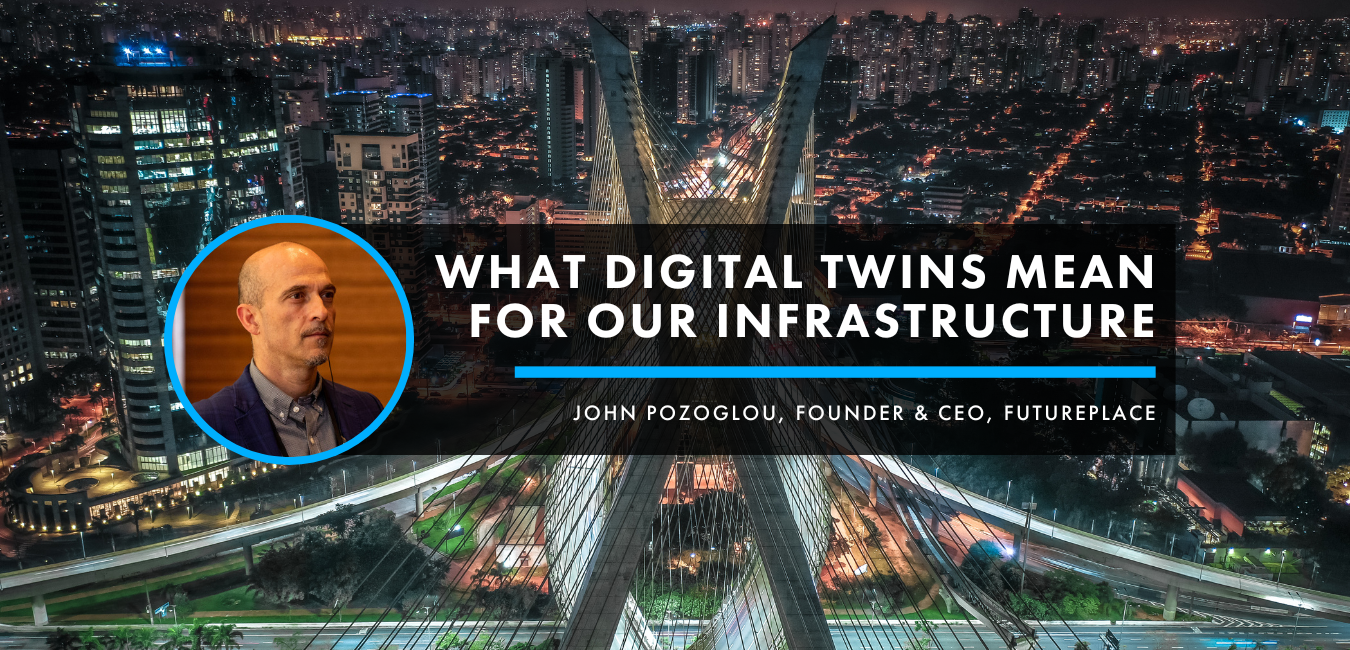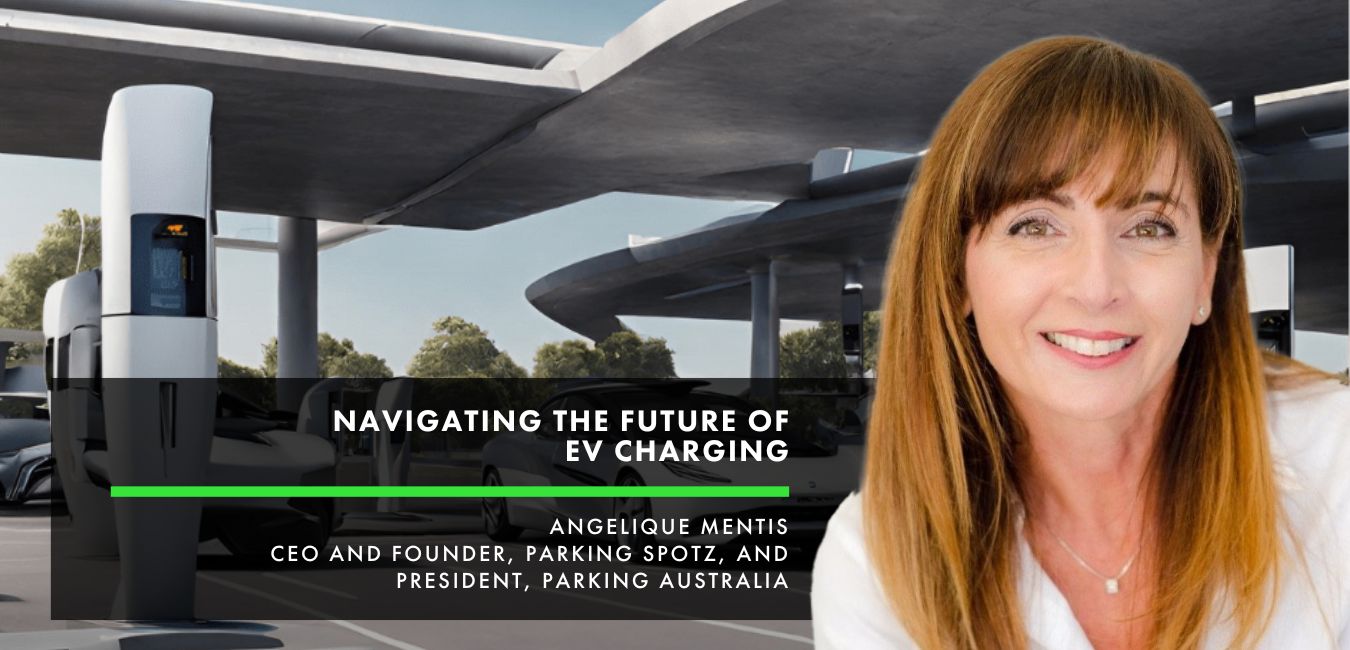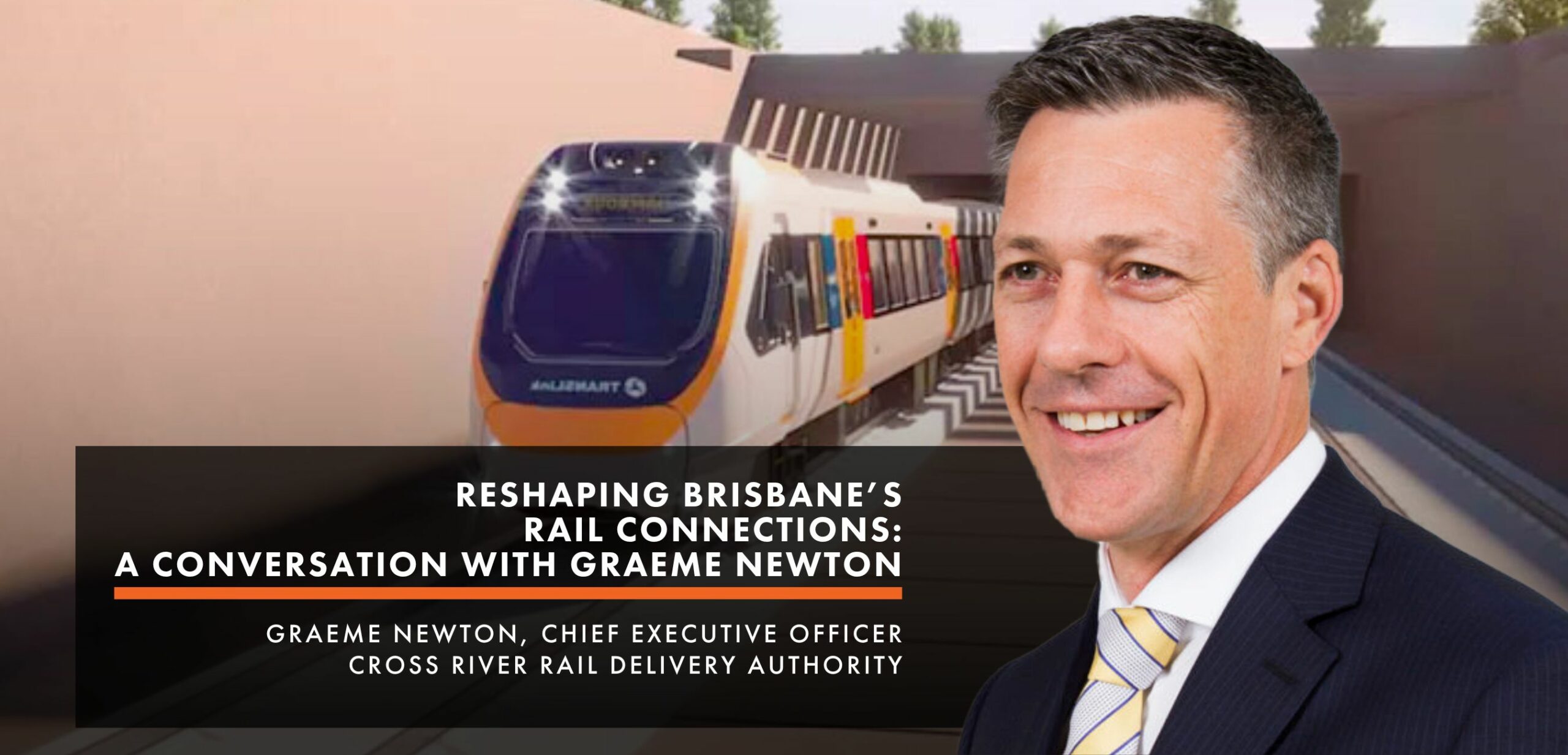Digital Twins are no longer a futuristic tool but are fast gaining traction globally as a way to – increase collaboration and efficiency when designing & building – improve the performance visibility and operation of buildings and infrastructure assets – connect and managing cities – and to drive sustainability outcomes.
But before we go on, let’s start at the start – the official definition of a Digital Twin as outlined by the Digital Twin Consortium. In December 2020, the Digital Twin Consortium released this definition of a digital twin: “a digital twin is a virtual representation of real-world entities and processes, synchronized at a specified frequency and fidelity. Digital twin systems transform business by accelerating holistic understanding, optimal decision-making, and effective action. Digital twins use real-time and historical data to represent the past and present and simulate predicted futures. Digital twins are motivated by outcomes, tailored to use cases, powered by integration, built on data, guided by domain knowledge, and implemented in IT/OT systems.”
This makes Digital twins among the most valuable tools to help understand and manage infrastructure by integrating many different complex systems into one. The connections between the digital world and the physical world generate insights to make better decisions. For infrastructure businesses facing enormous pressure to deliver economically viable and environmentally sustainable facilities this is a huge outcome. That’s why more organisations than ever, in utilities, construction, mining, transport and more, are developing digital twins to achieve these objectives. Digital twins provide the unrivalled insights and connectivity required for efficient, productive, and sustainable infrastructure.
The challenge for many businesses looking to deploy digital twins involves understanding the best technology options available. And avoiding large upfront technology costs. Luckily there’s a solution.
For decades, managing networks, facilities, and infrastructure involved complex engineering tools, CAD software, mapping tools, manual processes, and lots of fieldwork, all in a 2D format. Digital twins bring an additional dimension to the process, providing a platform for augmented and virtual reality views that are both intuitive as well as data-rich and accurate. They allow utilities, for example, to stream data from the cloud easily and visualise utility assets in real-time. This type of digitalisation means business leaders can access the data they need when they need it in a graphic format that allows for deeper insights than a traditional CAD instance or computer dashboard. They leverage cloud-based solutions as a means of providing security without having to invest in new hardware.
Sounds great, right? Want to hear from people and companies that are doing it?
The Digital Built World Summit, taking place February 22-23 in Sydney, is a key enabler of infrastructure digitisation. It brings industry leaders together to learn, share experiences, identify best practice and develop expertise. It also helps to shape standards on data sharing as well as showcasing the benefits of collaborative, connected digital twins to develop solutions that help tackle the climate crisis to ensure a more sustainable future that is in focus by many organisations and governments around the world.
Are you interested in joining 300+ key stakeholders from across the built world to connect, learn and find digital twin partners? Then visit the website for the full program and speaker line-up, and for details on how to register.
2nd Annual Digital Built World Summit
The 2nd annual Digital Built World Summit will be taking place on 22-23 February 2023. Asia-Pacific’s premier event for executives in the AEC, Smart City, Construction and Infrastructure space focused on improving digital business outcomes, including strategic innovation, connected assets, sustainable construction, user experience, and optimisation of capital planning for large assets.







